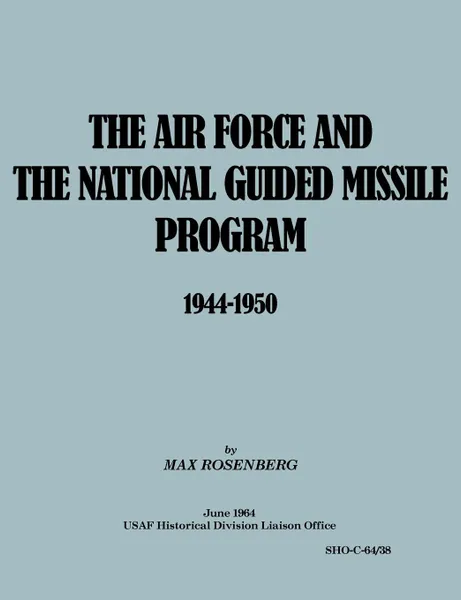The Air Force and the National Guided Missile Program 1944-1950 12+
210 страниц
Категория: Учебная литература
ISBN: 9781780399973
Язык: Английский
📕 This recently declassified 1965 monograph covers generally the so-called national guided missile program that slowly evolved between the closing months of World War II and the beginning of the Korean War. More particularly, the monograph treats the interplay among the numerous national security agencies as it concerned guided missiles. The guided missile was among the first weapon systems to be subjected to the disadvantages as well as the advantages of constant scrutiny and intervention at the interservice level. Moreover, this condition was aggravated no little by the interest, but not the forceful leadership, of a number of joint and other national security agencies a niche or more above the level of the services. In a sense, then, the guided missile became the "guinea pig" from which grew the paradoxical situation of both a centralization and proliferation of authority and responsibility over weapon development and use.
Мнения
